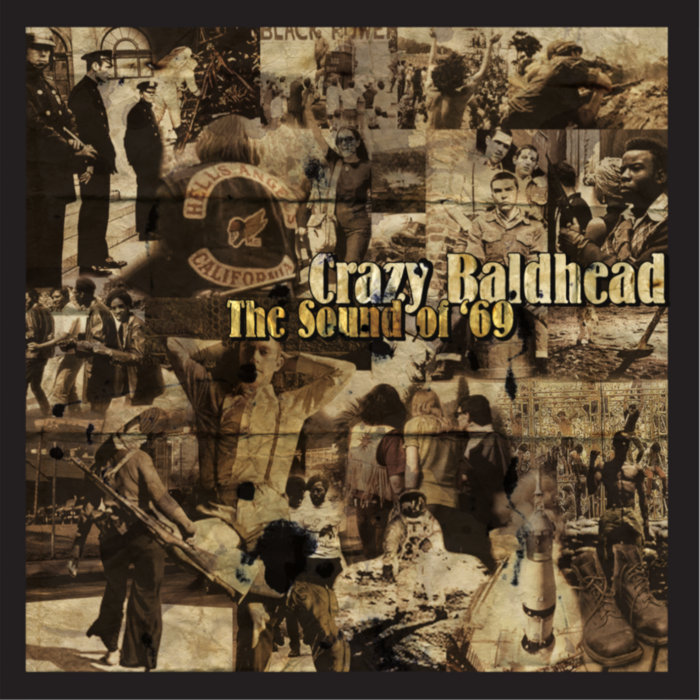
Evil Ways (…Tem Que Mudar) – Crazy Baldhead
this blog is GROOVY – check out great Soul, Funk, Jazz, Hip Hop, Bass, Breaks , Reggae, House n many more TUNES
Hey there, music lovers! Grab your headphones and a cup of coffee because we’re diving into the funky world of analog music. We’ll groove through its history, sprinkle in some fun facts about legendary musicians, and explore why this old-school approach still resonates today.
Before we jump into the past, let’s understand what we’re talking about. Analog music refers to sound recordings that are made using analog technology—think VHS tapes, vinyl records, and cassette tapes. Unlike digital music (where sounds are represented as numbers), analog captures sound waves in their natural form. It’s all about those warm vibrations!
The journey kicks off way back in 1877 when Thomas Edison invented the phonograph. Picture it—a tin foil-covered cylinder spinning around while Edison himself was probably dancing like nobody was watching! This invention laid the groundwork for recorded sound.
Fast forward to the 1920s when magnetic tape recording came kicking through the door from Europe (thanks Germany!). By the 1930s and ’40s, radio became all-the-rage with folks jamming to their favorite tunes over AM waves.
But wait for it…in 1948 comes along a little something called VINYL! Yes sirree! Columbia Records released the first long-playing record (LP). Suddenly everyone wanted to strut their stuff at home parties with dance floors made of living room carpets.
The ’50s brought rock ‘n’ roll and a whole new wave of artists ready to shake things up! Elvis Presley wiggled his hips on TV screens nationwide—talk about making analog sexy!
In those days, recording studios were filled with walls covered in foam that’s not just any foam but soundproofing magic; they knew how important acoustics were before some dude even thought about buying fancy studio gear online!
Now let’s drop a quirky fact: during sessions at Sun Studio where Elvis recorded his hits, he often ended up singing with band members right next to him trying not to crack jokes mid-recording—imagine “Heartbreak Hotel” turning into laughter-ville!
By the late ’60s and early ’70s thanks to bands like The Beatles, everyone turned albums into statement pieces rather than mere collections – yes folks were peeking inside jackets looking for hidden messages that would unlock cosmic secrets!
Fun Trivia Time 🤓:
With technology advancing faster than you can say “boogie”, synthesizers started popping up everywhere like mushrooms after rain! Bands such as Kraftwerk took us straight into outer space with electric beats that sent listeners floating.
Here’s another funny tidbit: synth pioneers often spent hours tinkering away only for one note or chord change—which leaves us wondering if they even remembered basic scales by then? Imagine being lost scrolling through thousands of different presets…
And who could forget our pal Brian Eno, who played ambient composer AND tech wizard? Eno once claimed he could create “music for airports,” leading countless travelers wishing airport lounges had better playlists instead of elevator tunes on repeat!
Though digital stole much attention come late ’90-something years onward (hello MP3!), vinyl saw its glorious comeback starting around 2007. Thanks partly due popular indie bands embracing retro vibes—it became mainstream cool again! People love tha’ warmth —you can’t beat needle-on-vinyl goodness.
Did You Know?
So here we are vibing between vintage wax discs alongside Spotify playlists packed full modern gems too—not forgetting sweet memories steeped deep within R&B flavors echoing across generations unheard elsewhere except maybe grandma’s dusty collection hidden above her closet racks—the classics never die my friends 😎✨
So whether you’re donning bell-bottom jeans dancing under disco balls or rockin’ out solo in your room blasting old-school jams—you’re partaking history every time you hit play on anything created from scratch via analog methods representing true artistry expressed beautifully across decades upon decades!!
Keep spinning those records everybody until we meet again on this groovy ride 🎤✌️

Evil Ways (…Tem Que Mudar) – Crazy Baldhead

A Saravino – Juan Luis Restrepo
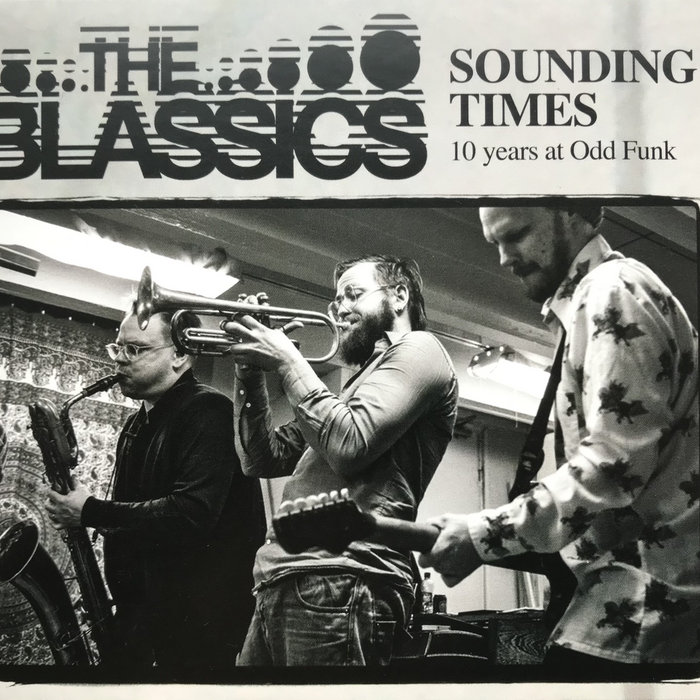
Block Hipat – the blassics
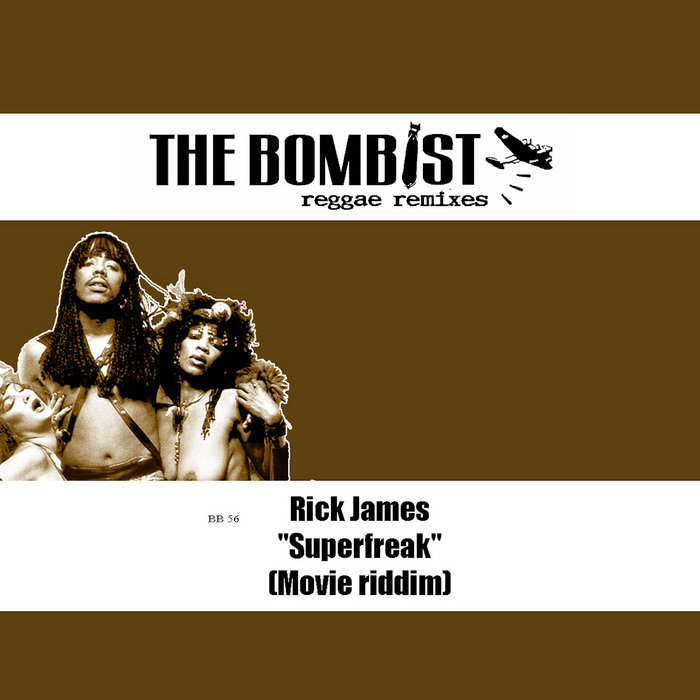
Superfreak – Rick James, Bost & Bim
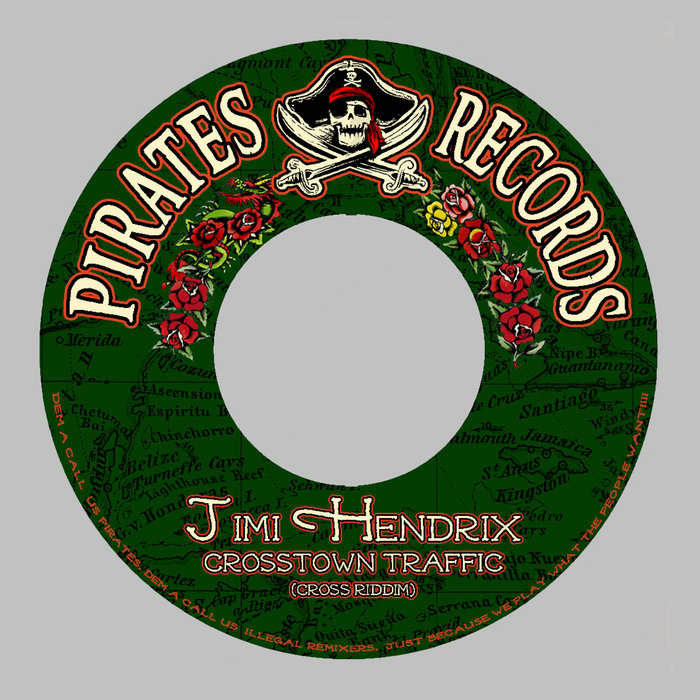
Crosstown Traffic (Reggae Remix) – Jimi Hendrix, Bost & Bim
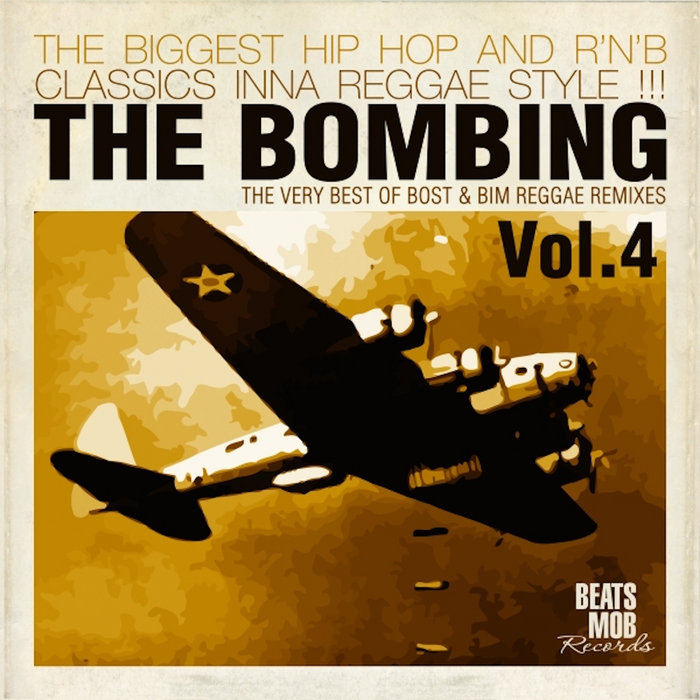
Mercy Mercy Me (Reggae Remix) – Marvin Gaye, Bost & Bim
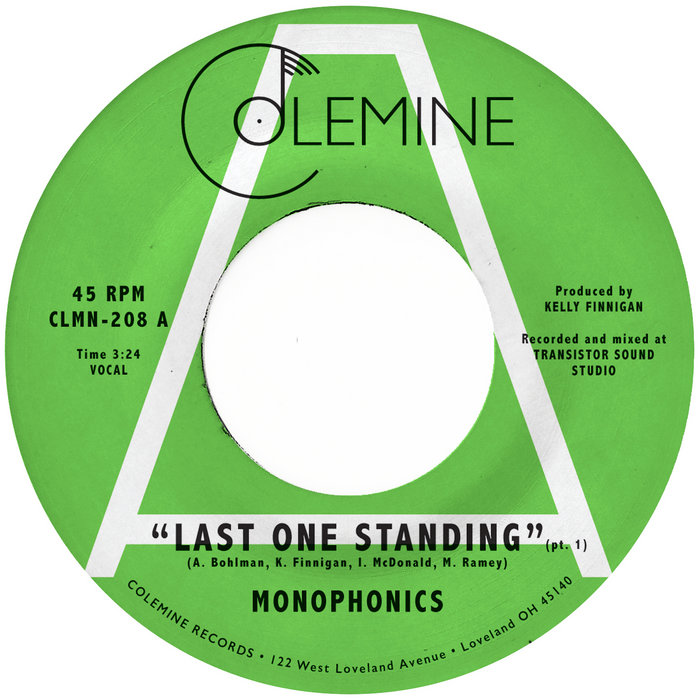
Last One Standing – Monophonics
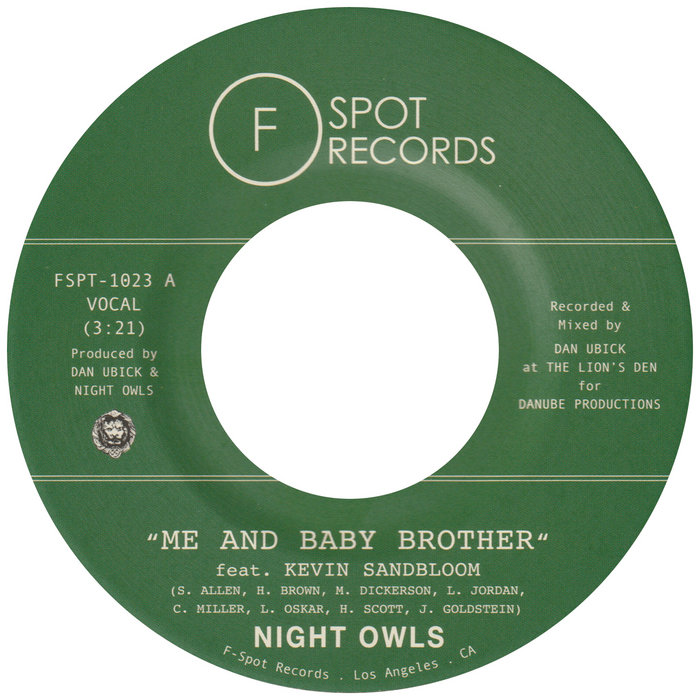
School Girl Crush (feat. Kendra Morris) – F-Spot Records
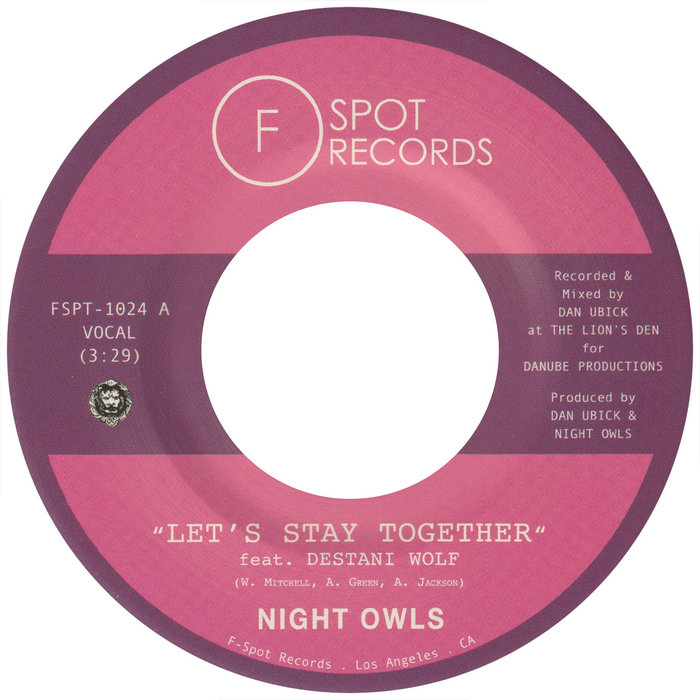
Let’s Stay Together (feat. Destani Wolf) – F-Spot Records

Cal High – F-Spot Records